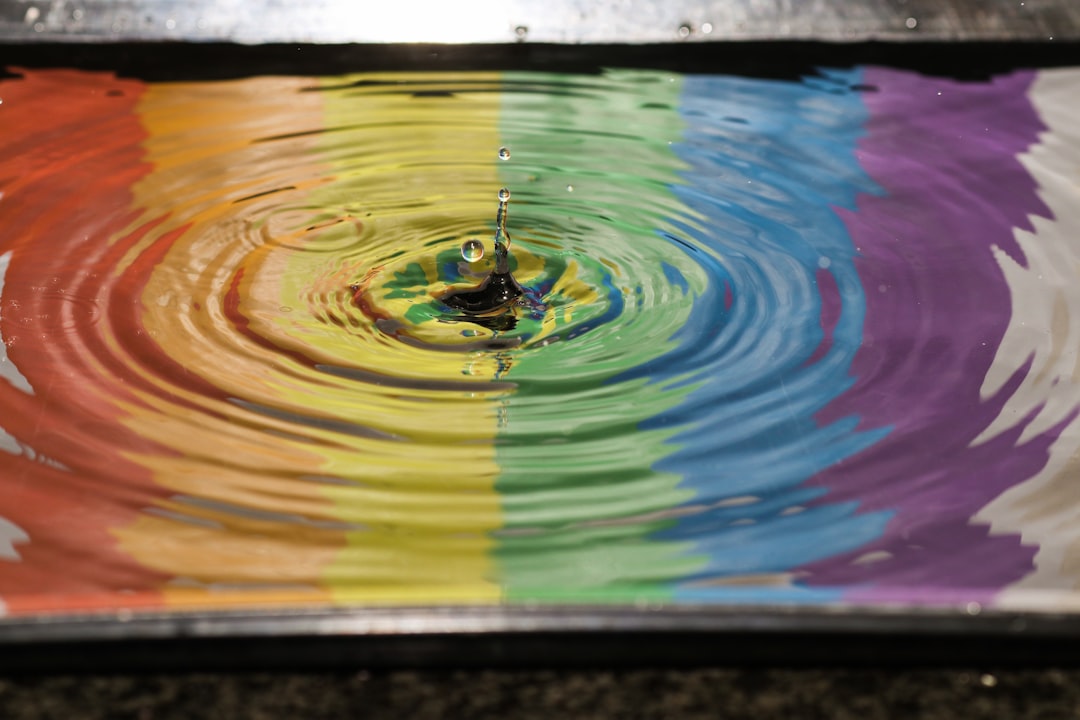What is it about?
This study examines how do we perceive the size of a part of an object. The main question we ask is whether the size of a part is processed independently or relative to the whole. For instance, take my 300 ml. cup. If the the cup is not entirely full, do I perceive that it contains about 250 ml., or do I perceive that it contains about 5/6 of the cup? To answer this question we tested the degree of automatic processing of the absolute size (250 ml. in the example) and the automatic processing of the relative size (5/6 in the example). We found out that both size types (absolute and relative) were processed automatically to the same extent. Thus, the answer to the question is that we perceive both that the cup contain about 250 ml. and that it is about 5/6 full.
Featured Image

Photo by Elena G on Unsplash
Why is it important?
Parts and proportions exist all around us. For example: estimating the percentage of water left in my 300 ml. cup, splitting a dish of food into large and small tables in a family gathering, selecting a pack with the higher proportion of yellow candy, estimating the amount of sugar we want to reduce from a recipe if we want to make it less sweet, etc. Yet, both children and adults struggle with fractions, proportions, and percentages, which are all examples of relative sizes. Understanding how we perceive and understand relative sizes can contribute to find better ways to introduce this topic in formal education.
Perspectives
I studied mainly symbolic fractions and decimals and this is my first paper on non-symbolic fractions (i.e., parts-of-the-whole). What started as a simple question led to complex perceptual issues and the paper became about much more than just non-symbolic fractions.
Arava Kallai
Max Stern Yezreel Valley College
Read the Original
This page is a summary of: Absolute or relative size: What do we perceive when we look at a glass that is half full?, Journal of Experimental Psychology Learning Memory and Cognition, December 2022, American Psychological Association (APA),
DOI: 10.1037/xlm0001198.
You can read the full text:
Contributors
The following have contributed to this page










